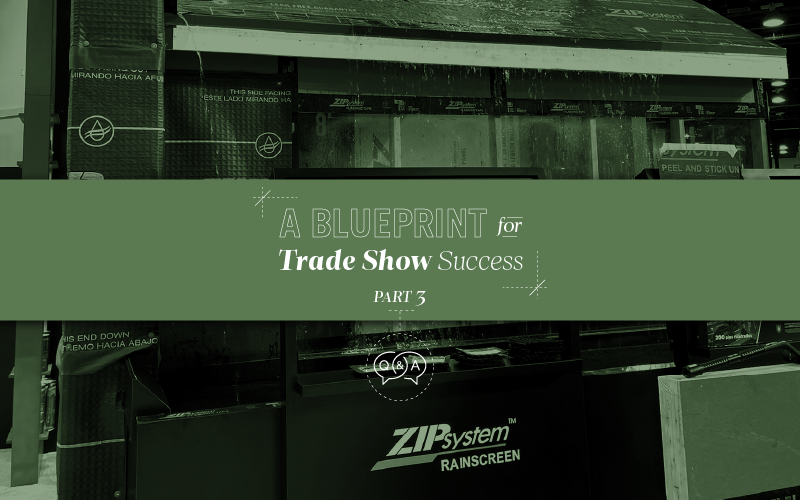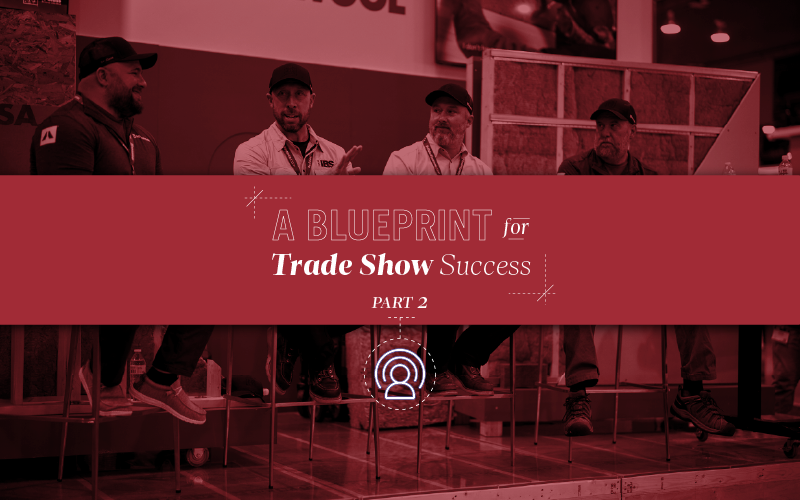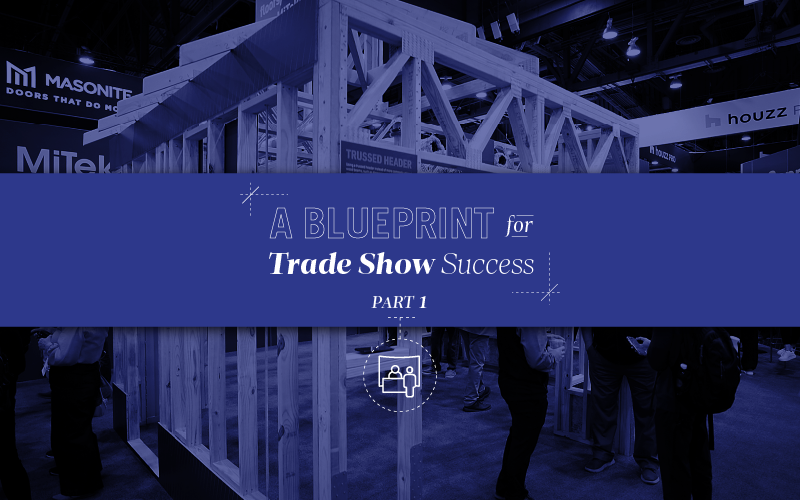Content Marketing
Public Relations
These days, it’s hard to think of earned media and owned media in silos. In fact, the most successful public relations (PR) pros don’t even try. Instead, they treat them as two tactics in a symbiotic relationship.
First, let’s look at the differences.
Earned media is the result of media relations — pitching storylines, offering expert industry sources and announcing news, products and services to editors and reporters at targeted media outlets. The resulting coverage is not paid for or created by the company but reported on and written by professional journalists.
Owned media, in contrast, is concepted, created and published by a business. This content may take the form of blog posts, newsletters, publications and videos.
Now, let’s see how earned media and owned media can — or should be — the same.
Like earned media, owned media should be factual, well-written, timely, organized and purposeful. While earned media provides an unofficial third-party validation from the writer and publication, owned media needs to overcome an inherent bias, since the owner of the message is sharing it. Content should be compelling without being salesy in writing. If your story is more of a sales pitch, your audience will likely lose interest quickly. Owned content that is written through a journalistic lens — that offers unbiased POVs, interesting perspectives or helpful information — will engage customers. Of equal importance to the media relations–minded practitioner, it can also engage the media and support your media relations activities.
Here are five ways owned media can complement your PR program:
- It’s a starting point. A company-written article that profiles a recent project or new research, such as the Sunbrella collaboration with architecture and interior design firm Gensler for the remodel of a community health care lobby space, can be a smart way to illustrate a bigger concept or trend when reaching out to editors. While there are times when a reporter or publication will only write with an exclusive on a topic, owned content can be a great reference and launch point for a new story or as an example in a bigger story. Additionally, blog posts provide shareable content that media outlets or other blogs might share.
- It’s evergreen. Unlike clips in a third-party printed publication, which may never be published online or may be removed or gated after a certain period of time, owned content can live online for exactly as long as you need it. Take one example of blog posts that provide informative, timeless content: Huber Engineered Woods’ Behind the Build blog, which offers building tips and building science explanations, hosts a library of easily accessible and searchable content, making it an excellent reference and resource for customers. These timeless content pieces can also be great resources for media relations when you’re working with a reporter who is either new to you or new to your industry and needs foundational background.
- It’s controlled. Media outlets have no obligation to publish your story, shape that story so it aligns with your brand goals or release the story in deference to your timing needs. Managing owned content can serve as a way for a company to control these details. One example would be in timing for the soft launch of a product or thought leadership topic. You can build and release the story as you are ready to share, and then update and adapt on your own timeline. With owned media, you’re acting as editor for any subjects deemed complex or sensitive, and you can layer in your media relations activities when you’re ready to cast a wider net of interest.
- It allows for immediate engagement. Earned media fosters awareness, but it can take time — first through gaining traction with editors and writers, and then waiting for the story to go live (which can take weeks or months depending on the media outlet). Once it’s live, digital content still requires a click or a search to get back to the brand. Similarly, print requires the audience to find the company name and seek it out. With owned content, whether digital or print, your audience proximity is immediate to your company.
- It’s integrated. Owned and earned media are good partners, and they can work even harder for you as part of an integrated program. They’re both content generators for social media, or shared media. Owned content offers search benefits through link building, and inbound links — or backlinks — from editorial coverage on digital media outlets can accomplish this too.
Whether your earned media tactics come first or media relations follows your content, publishing and distribution should be determined as part of a carefully crafted strategic plan. Either way, leveraging both is a smart, sound strategy for today’s PR landscape.


